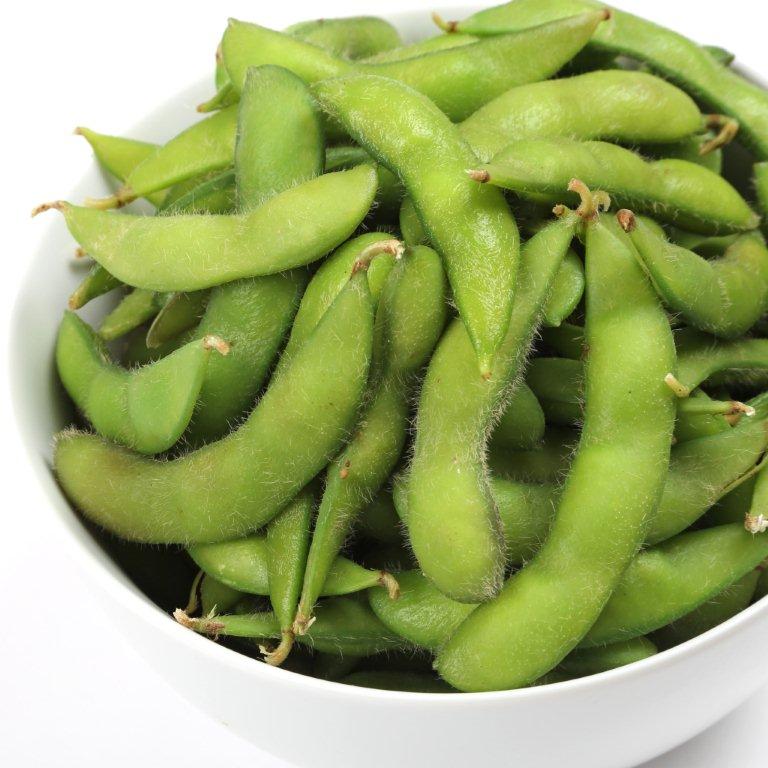The amount of calcium we get from foods depends on two things: how much calcium is in the portion of food we eat, and how much we can absorb.
The amount of calcium we get from foods depends on two things—how much calcium is in the portion of food we eat (calcium content), and how much we can absorb (calcium bioavailability).
Calcium Content
While many foods have a small amount of calcium, a food must have at least 5% of your daily requirements in a serving to be considered “a source of calcium”1. This works out to be a minimum of 50mg per portion for adults 19-50. The food list in Calcium Calculator™ has been validated to accurately predict whether you are meeting calcium recommendations2, and we have added calcium foods over the years as they become more common (using data from Health Canada).
Calcium Bioavailability
Although some foods contain calcium-binding substances such as oxalates and phytates, calcium absorption from foods is not a problem if you eat a balanced and varied diet. Most foods have calcium bioavailability between 20-50%, with a few exceptions—spinach is 5%.3 In general, the amount of calcium in a portion of food is more important that the specific bioavailability.
Ideas for Action
- There are many calcium-rich foods to discover: check out our list here.
- If greens are significant calcium sources for you, be sure to rely on calcium-rich vegetables low in oxalates, such as broccoli, kale and bok choy or other mustard greens. Spinach is very high in oxalates so very little of the calcium in these greens is available for absorption.
- If you regularly eat foods that are not on the Calcium Calculator™ food list, you can use a related food to estimate your calculations (i.e. almonds for almond butter, sardines for dried anchovies, etc…) Be sure to check that the portion size is reasonable.
- Learn more about calcium and try the Calcium Calculator™ interactive online tool.
References
- National Academy of Sciences. (2010). Dietary reference intakes for calcium & vitamin D. Committee to Review Dietary Reference Intakes for Vitamin D and Calcium. Food and Nutrition Board, Institute of Medicine.
- Ulmi, S, McGowan, P, Gray, D, & Savoy, D (1999). Moving beyond information: Evaluation of a nutrition education tool based on a theoretical model. European Journal of Clinical Nutrition, 53(2), S49-S53.
- Weaver CM and Heaney RP. (2006). “Food sources, supplements and bioavailability” in Calcium in human health. Totowa, NJ: Humana Press; Chapter 9, Food sources, supplements and bioavailability; p. 129-142.



